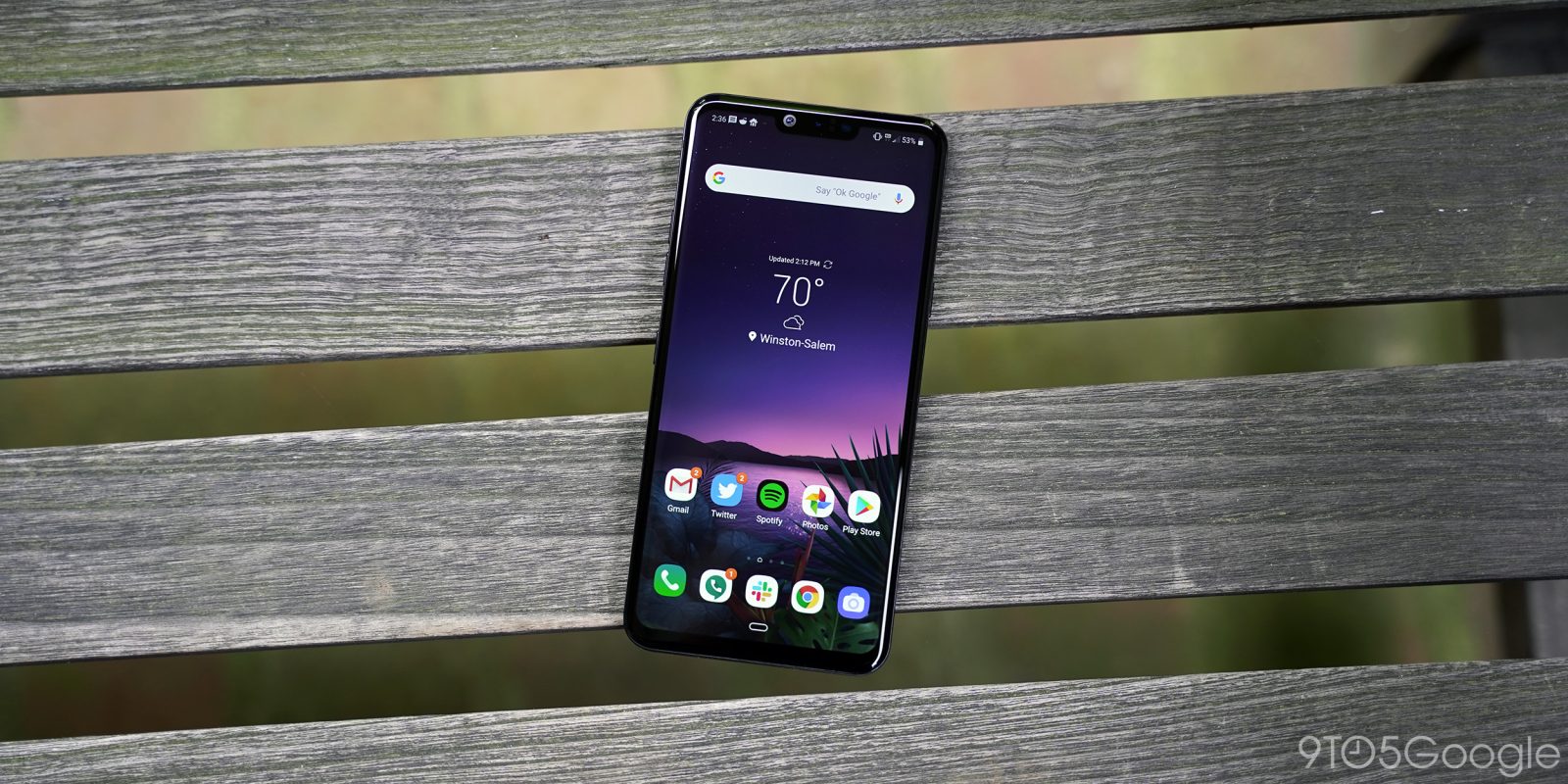
LG is a company whose products I once adored. Over the years, though, the company has fallen behind in some major ways, and it’s paying for that dearly. Unfortunately, its new LG G8 ThinQ doesn’t do much to buck that trend. Instead, it’s a phone with some genuinely great ideas, ruined by a bunch of bad ones.
Good Ideas
ToF Face Unlock
The first great idea that LG has on the G8 ThinQ is Face Unlock. Now, that tech in itself is nothing all that new, but it’s LG’s implementation that deserves credit. The “Z-Camera” inside of the notch on this device is a time-of-flight sensor which can properly map your face.
With this, the LG G8 ThinQ can not only accurately recognize your face, but it’s far harder to spoof. Think Apple’s FaceID on the iPhone X. Unlike Samsung and OnePlus, you can’t trick the LG G8 ThinQ with a simple picture.
It’s not flawless, though. LG’s Face Unlock feature is definitely slower than most, and a bit more picky too. You can’t hold the phone down at a sharp angle, instead having to hold it up in line with your face.
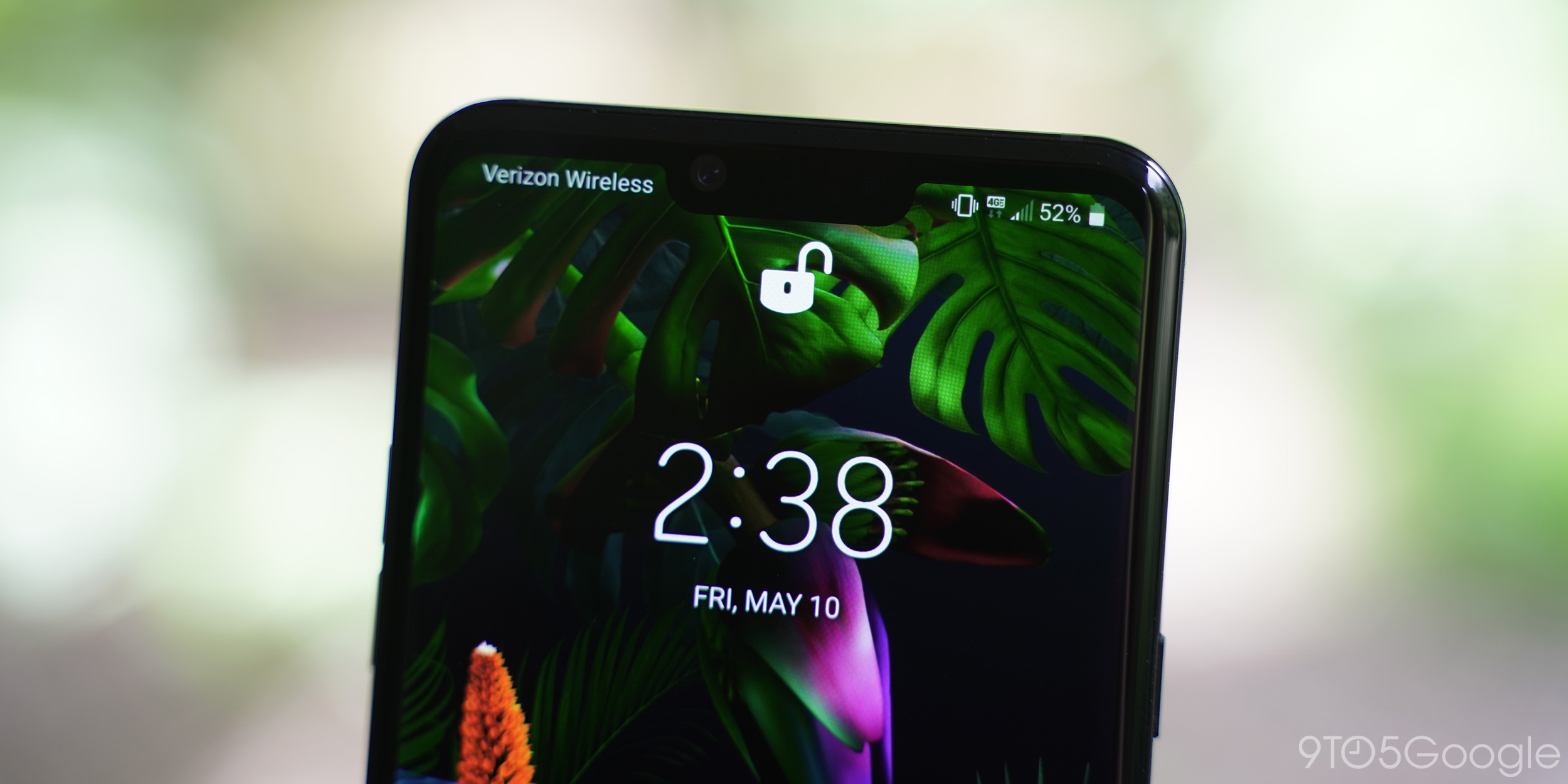
However, one constant thought I had while using the LG G8 ThinQ is that this is what everyone should be doing. Face Unlock is going to be the next big thing in biometrics, and while I’m legitimately sad to see the fingerprint sensor go, I at least want proper security from facial recognition instead of the laughable implementations from other OEMs.
‘Crystal Sound Amplifier’
If you look closely at the LG G8 ThinQ, you’ll notice that there’s no speaker anywhere on the front of the device. Instead, LG is using what it calls a “Crystal Sound Amplifier” on this device. This technology vibrates the display itself to be a speaker.
This isn’t new technology, and the G8 ThinQ is far from the first to implement it in a smartphone. However, I do think this is a great idea for more OEMs to jump on board with. The sound quality is crisper with this tech, and I found the caller’s voice being overpowered by background noise less often. My sole complaint is the placement of the “speaker,” which is lower on the display than I’d prefer.

Skipping the in-display fingerprint sensor
Without a doubt, the stupidest trend of 2018-19 is the in-display fingerprint sensor. Optical or ultrasonic, these are just a bad idea. They’re slower, less accurate, and less convenient. Overall, they’re just a loss for consumers across the board.
Thankfully, LG didn’t jump on board with that technology. Instead, the G8 ThinQ has a rear-facing capacitive fingerprint sensor. It’s accurate, easy to use, and complements the Face Unlock system well until Google makes it possible for apps to use that authentication method.
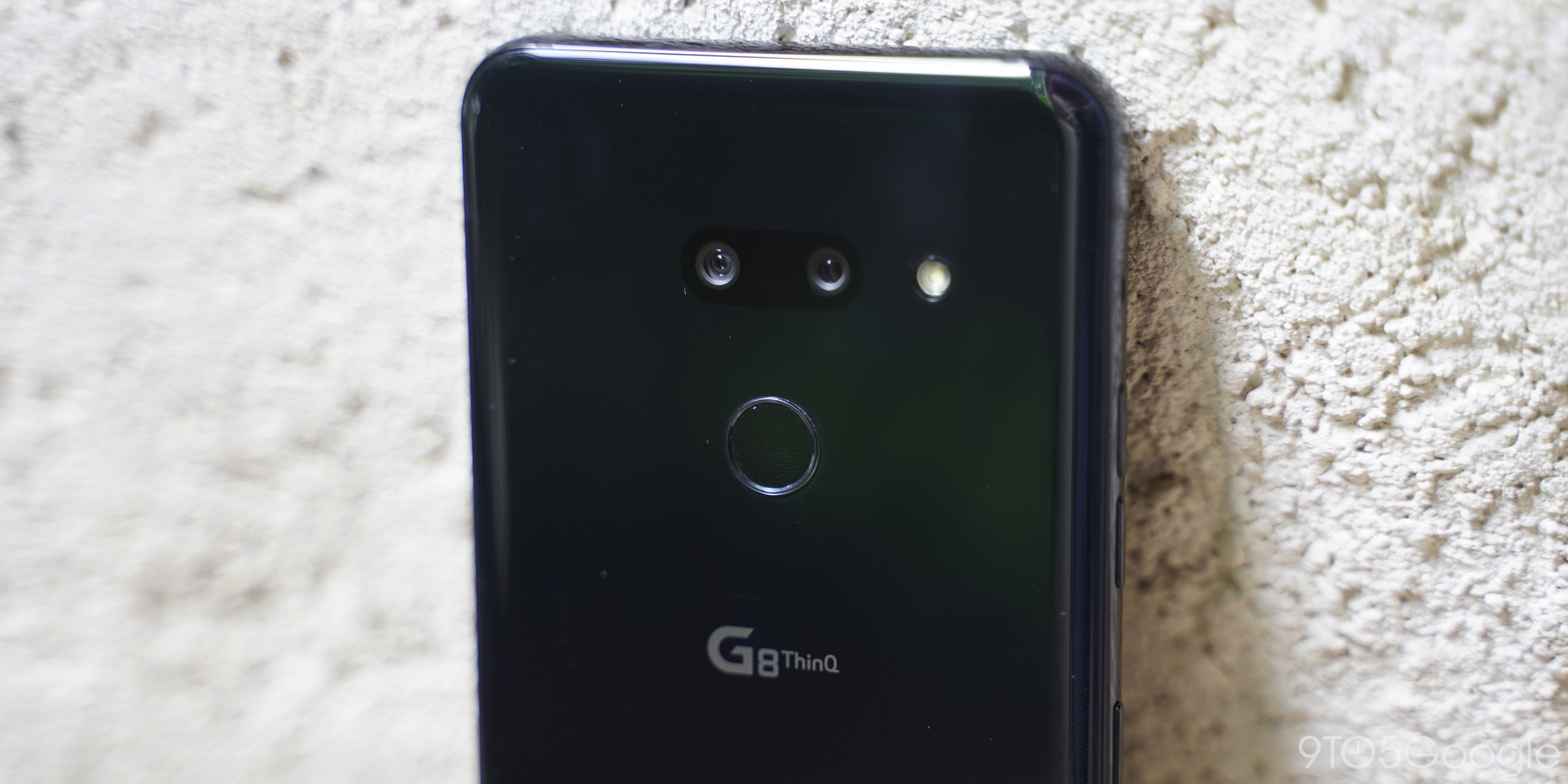
Plus, LG has finally implemented the swipe gesture for accessing notifications! When the fingerprint sensor dies, this is a feature I will sorely miss.
The headphone jack deserves credit where it’s due
Speaking of things people sorely miss, the LG G8 ThinQ still has a headphone jack. The 3.5mm jack sits on the bottom of the device and uses the same Hi-Fi DAC the company has been using for the past few years. If you’re still into analog audio, it’s a welcome feature that sticks around, and LG does it better than anyone else. Kudos, LG.
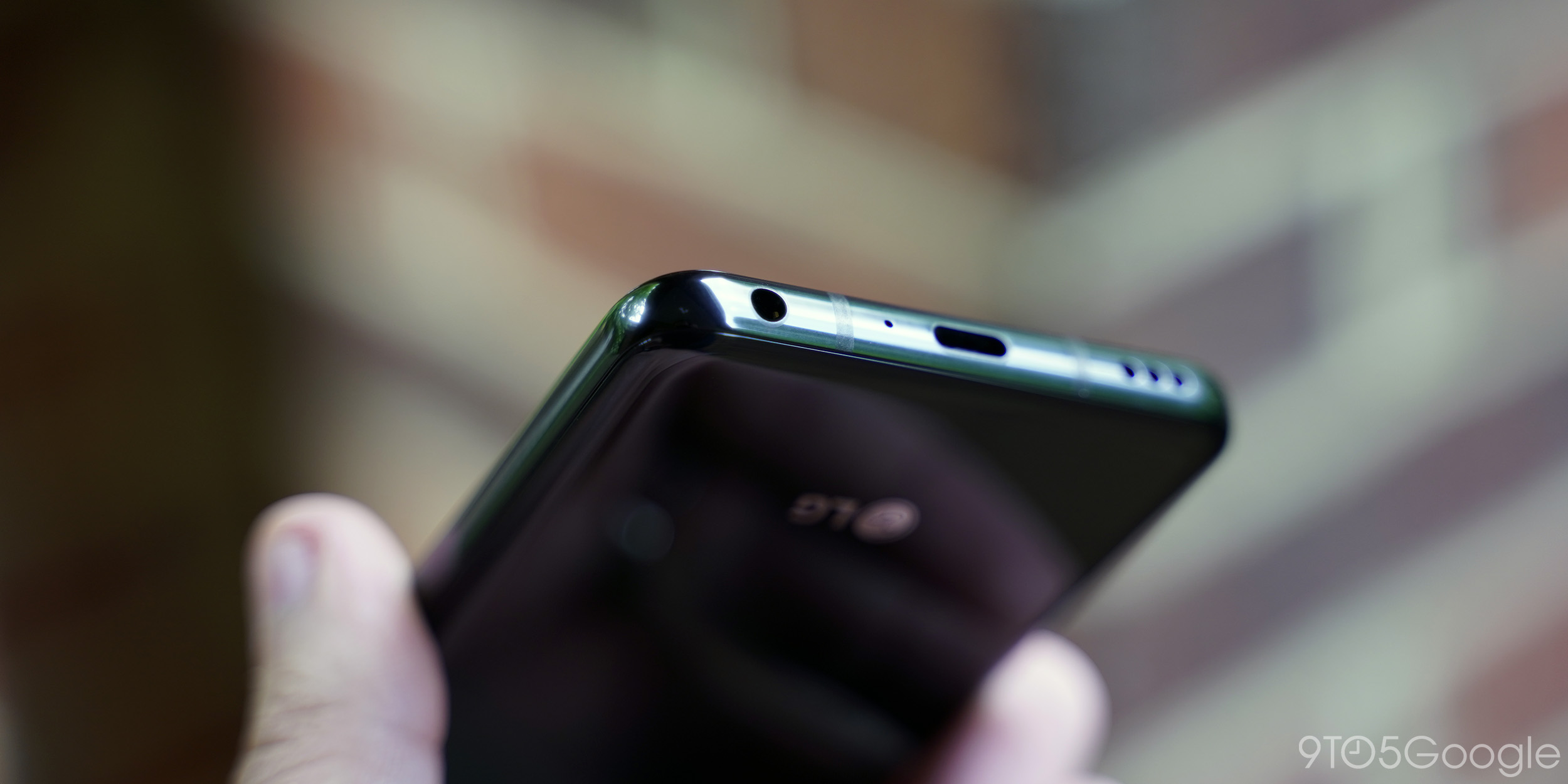
Vibrations second only to Pixel
One thing LG started before anyone else in the Android world is caring about the vibration motor. After years of Apple dominating this part of phones, LG finally improved its vibration motors starting in the LG V30. That same tech has stuck around and lives on in the LG G8 ThinQ.
At this point, Google has surpassed LG (while still being in Apple’s shadow) here, but it’s still a high-point for LG devices. Vibrations are punchy and don’t feel hollow like on a lot of other devices.
Bad Ideas
LG’s software is still a deal-breaking trainwreck
Good ideas out of the way, let’s talk about what ruins them, and that starts with the software. While Android as a whole has been slowly improving especially over the past two years, LG is somehow getting worse and worse by comparison.
Out of the box, the LG G8 ThinQ runs on top of Android Pie – the company’s only device on the OS – with a skin on top. That skin is full of bloatware and bizarre UI changes. There’s a lot that could be said about this, but I just want to touch on some of the annoyances that plagued my time with LG’s software.

For one thing, gesture navigation on this phone is largely broken. While Google’s take on this is flawed to many (I’m not one of them), LG has some janky animations and weird scrolling issues that make it even worse. The swipe gesture which goes back and forth though apps, for example, often skips over two or three apps even on a quick swipe.
Another aspect that blows my mind is that, still, LG’s homescreen doesn’t have an app drawer that works. Every single time you download a new app, the app drawer puts that at the end of the list, even if you’ve set it to alphabetical order. Sometimes, the drawer will even just leave blank spots on pages for no reason at all. That’s not even to mention that this phone still ships without the app drawer enabled by default. LG, why are you like this?
Former 9to5-er Hayato Huseman pointed out in his video review of the LG G8 ThinQ that when using the phone, a prompt appears during setup which warns you not to remove the battery. For context, LG hasn’t shipped a flagship device with a removable battery in almost 3 years, so why does this prompt even appear?

Diving further into this, I have a smaller but still annoying complaint. When you edit a screenshot on the LG G8 ThinQ, you’re thrown into the QuickMemo+ app. For whatever reason, cropping isn’t available in the default view and hidden under an unrelated button. Once you go to save the screenshot, it also saves as a copy, leaving you with a duplicate. A minor complaint, sure, but a good example of what’s wrong with LG’s software too.
The long story short on LG’s software is that it’s still a mess, and the company isn’t doing much to fix it. Over time, things have gotten slowly worse as Android as a whole has been getting better. It’s a shame, and for me, a deal-breaker.
AirMotion is impressively useless
Then there’s AirMotion. As I mentioned above, the Z-Camera ToF sensor on the LG G8 ThinQ is a good thing. However, the company for some reason thinks that secure Face Unlock isn’t enough of a selling point. Instead, they developed AirMotion.

This feature takes a scan of your hand and tracks its movements to do things like adjust volume or control playback. The pitch is to use this when your hands are dirty, which is a good idea, but the implementation is too horrible to make that worthwhile.
8 times out of 10, AirMotion doesn’t actually detect your hand, and the couple of times it does, it barely works. You have to perfectly place your hand to get this sort of thing working, and even then, it takes so much longer to get the feature working. In the case of your hands being dirty, it would be quicker to wash and dry them and then complete the action versus using AirMotion.
That said, the little animation that shows how the phone sees your hand is really cool.
This glass finish is like an ice cube
Glass phones are inherently slick and there’s really no avoiding that without a case. However, I’ve got to say, LG has somehow made this problem a lot worse on the LG G8 ThinQ. This phone is as slippery as an ice cube and seems like it just wants to fall off of anything.
On my desk, dresser, or even my car’s dash, the LG G8 ThinQ finds a way to slide off where no other phone ever has for me. If I leave the phone on my dresser which is about as level as any surface you’d have in your home, leave to use the restroom, by the time I’ve returned the phone is on the floor.

Given 5 minutes here, the LG G8 ThinQ definitely would have found its way to the ground
If you don’t intend to use a case and especially if you live or work somewhere with hard flooring, you should fully expect this phone to fall and probably break quicker than any other device you’ve owned.
The most annoying thing about this is that I can’t figure out why it does it. Could it be the (admittedly nice) lack of a camera bump? Is LG using a different coating? Is it something to do with the shape? Right now I’ve got no idea, but it’s infuriating.
You’ll basically never get a software update
The biggest problem with the LG G8 ThinQ, and any other LG phone right now, is updates. Put simply, LG is godawful at providing software updates, and even security patches don’t see the best track record. If you buy this phone, you shouldn’t expect more than one major software update in its lifespan and, even then, it’ll probably be months late to everyone else.
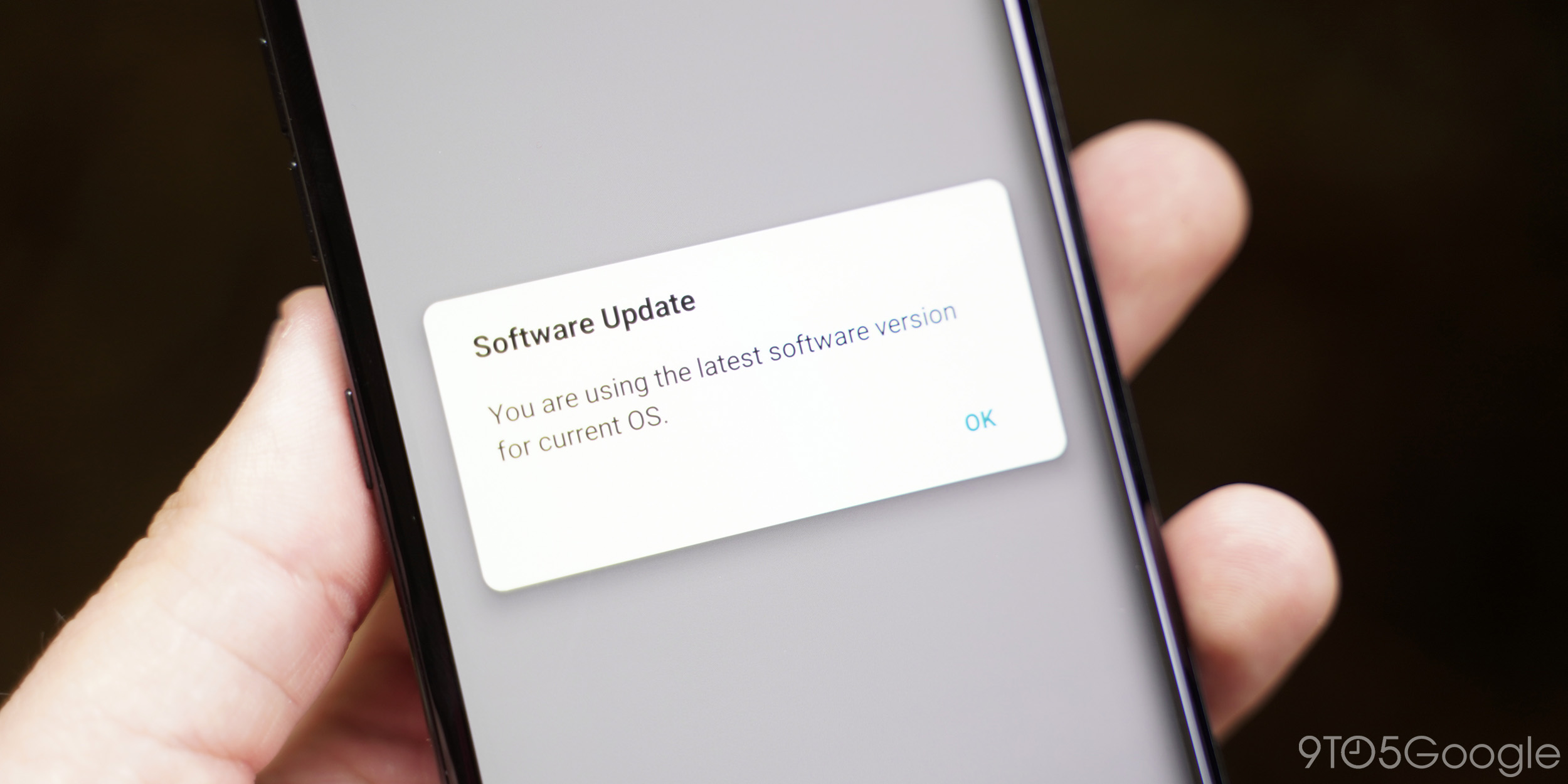
Rounding out the LG G8 ThinQ
– Camera
On the back of the LG G8 ThinQ, you’ll find either two or three cameras depending on your region. The US model I tested has two cameras, which seems like an odd choice when Samsung is adopting three.
Regardless, the cameras here are middling at best. The main 16MP shooter takes respectable shots, and the ultrawide is fine as well. You’re not getting anything close to what Huawei, Apple, or Google offer here by any means, though.




– Battery Life
In the several days I tested the LG G8 ThinQ, I found battery life to be fine. I’m not exactly blown away, but it’s better than the Galaxy S10 and S10e, and outlasts my Pixel 3 XL, too. Those aren’t huge feats, but it’s acceptable and should be enough for most users. Wireless charging and fast charging are in tow too, which is nice.
– Display
The LG G8 ThinQ is also the company’s first G-series device with an OLED display, and I’m glad to see that. LG’s OLED panels have gotten continually better and while the one of the G8 is saturated a bit too much for my taste, it’s sharp and bright enough for the most part. It’s a good panel, just not quite up to par with the Galaxy S10.
Final Thoughts
The LG G8 ThinQ is a phone I can’t recommend to anyone.
This phone has so many good ideas that are clearly looking towards the future, but it’s also full of pointless gimmicks and software that create an absolute disaster. However, it’s the complete mistrust of LG when it comes to software updates that find me telling people to avoid this phone. When you buy a phone, especially a flagship, you’re buying into a device that’s meant to last years while continually being safe via receiving new features to go with it. With LG, that’s a promise that simply doesn’t get fulfilled.
You’ll likely find some killer discounts on this phone over the coming months, but I genuinely think that the OnePlus 7/Pro, Pixel 3a, or even a used Samsung Galaxy device will treat you better. Until LG changes its ways, its’ good ideas are just going to waste.
There are just better phones out there for the price, and much less too.
FTC: We use income earning auto affiliate links. More.
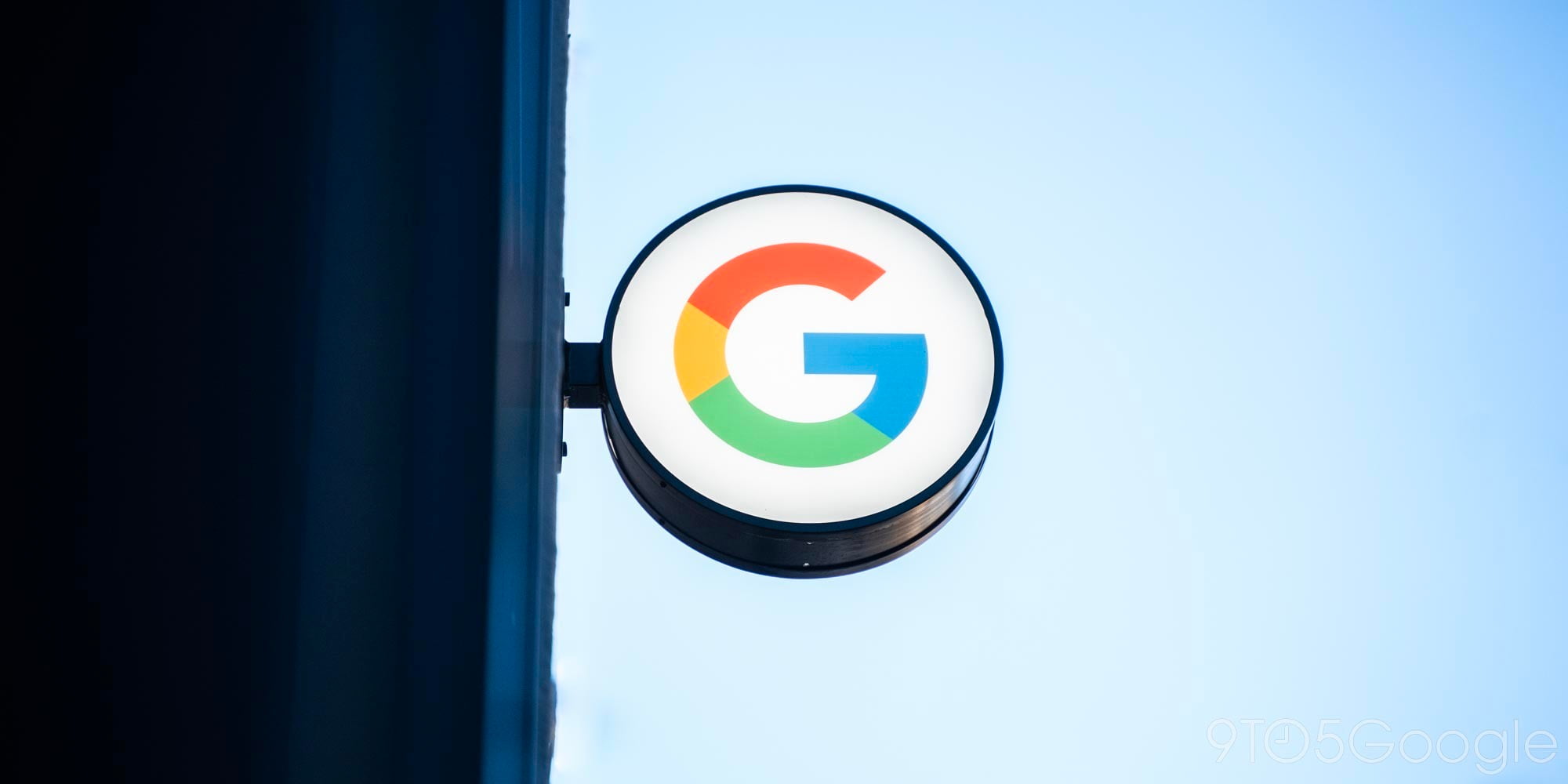


Comments